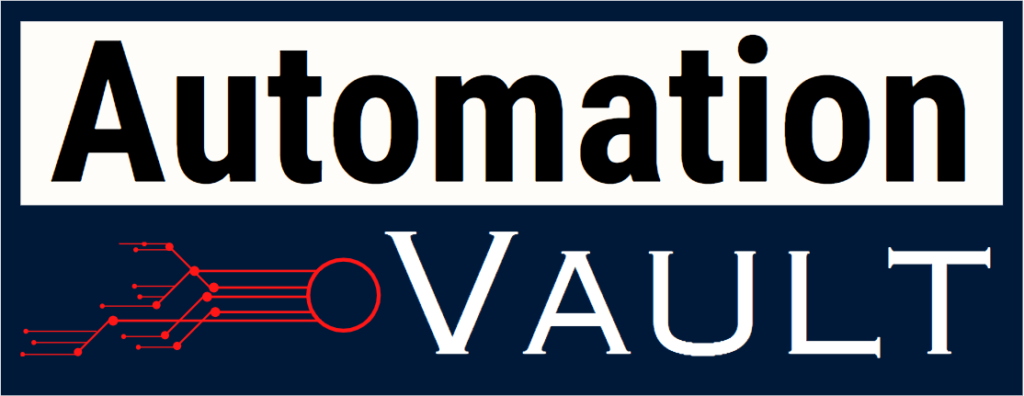In a groundbreaking achievement, Australian researchers have unveiled a non-invasive AI system capable of transforming silent thoughts into text without the need for surgical implants. Named DeWave, this pioneering technology requires users to wear a snug-fitting cap, enabling the translation of brainwaves into meaningful text.
The team, led by computer scientist Chin-Teng Lin from the University of Technology Sydney (UTS), conducted experiments involving more than two dozen participants. The subjects wore a cap that recorded their brainwaves through electroencephalogram (EEG) readings, subsequently decoding them into text.
While DeWave currently achieves just over 40 percent accuracy, a 3 percent improvement from previous standards, its potential impact is profound. The researchers envision applications in aiding communication for stroke and paralysis patients and facilitating human-machine interactions, such as controlling bionic arms or robots.
The current hurdle lies in refining DeWave to reach an accuracy level of around 90 percent, comparable to conventional language translation or speech recognition software. Unlike invasive methods requiring electrode implants or bulky MRI machines, DeWave’s non-intrusive approach holds promise for daily use.
Traditional brain signal translation methods often necessitate eye-tracking to align with word-level chunks. DeWave, however, aims to overcome this limitation by directly translating raw EEG waves into words without relying on eye-tracking cues.
The unique challenge arises from variations in how individuals process words, and different brain waves may not uniformly represent breaks between words. DeWave’s encoder, after extensive training, converts EEG waves into a code that matches specific words, a process facilitated by the system’s ‘codebook.’
Chin-Teng Lin explains, “It is the first to incorporate discrete encoding techniques in the brain-to-text translation process, introducing an innovative approach to neural decoding.” The integration of large language models, such as BERT and GPT, marks a significant step forward, opening new frontiers in neuroscience and AI.
DeWave excelled in translating verbs, while nouns were occasionally rendered as pairs of words with similar meanings, reflecting the challenges in deciphering semantically linked brain wave patterns.
The team’s emphasis on a relatively large sample size contributes to the reliability of their findings, addressing variations in EEG wave distributions among individuals. Despite the progress, challenges remain, notably the signal noise introduced when using a cap instead of implanted electrodes.
The research, presented at the NeurIPS 2023 conference, signifies a momentous leap in the quest to translate thoughts directly from the brain. As technology advances, the marriage of brain activity and natural language holds the potential for transformative applications, deserving sustained attention and exploration.


Leave a Reply